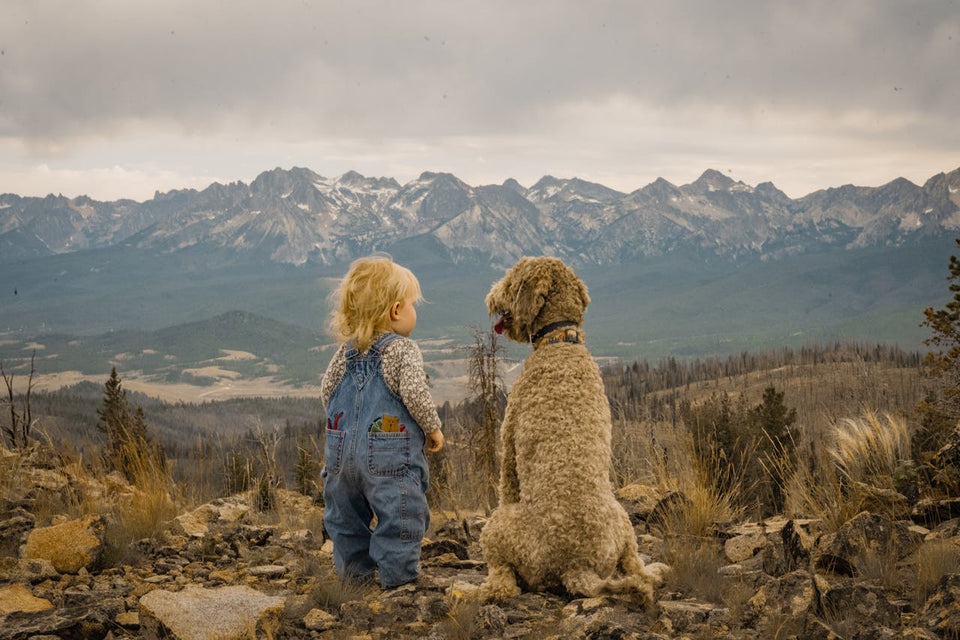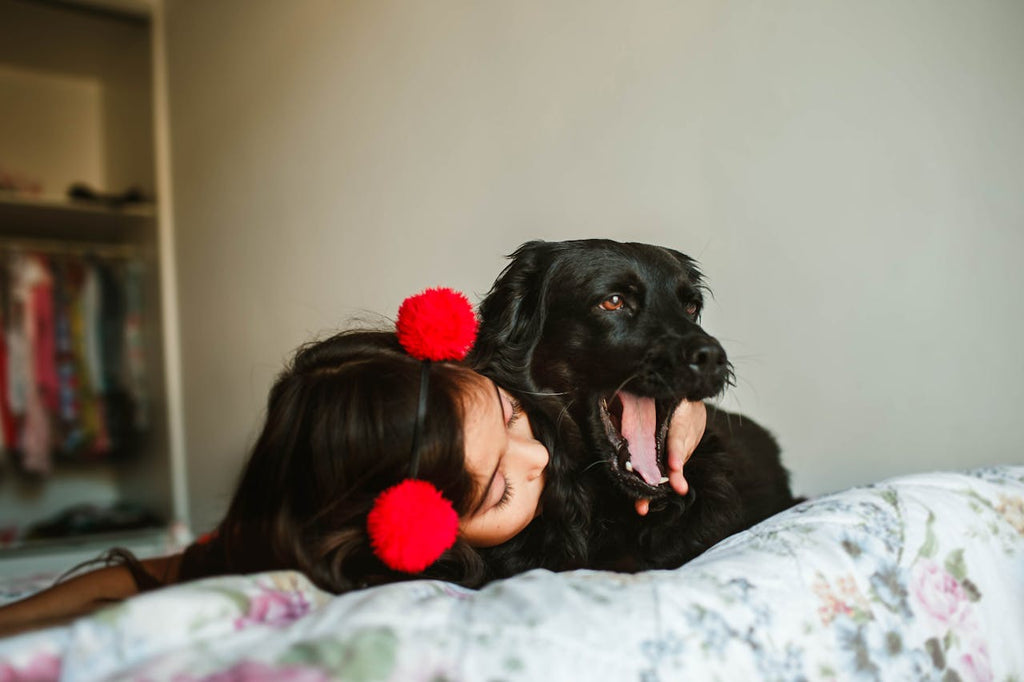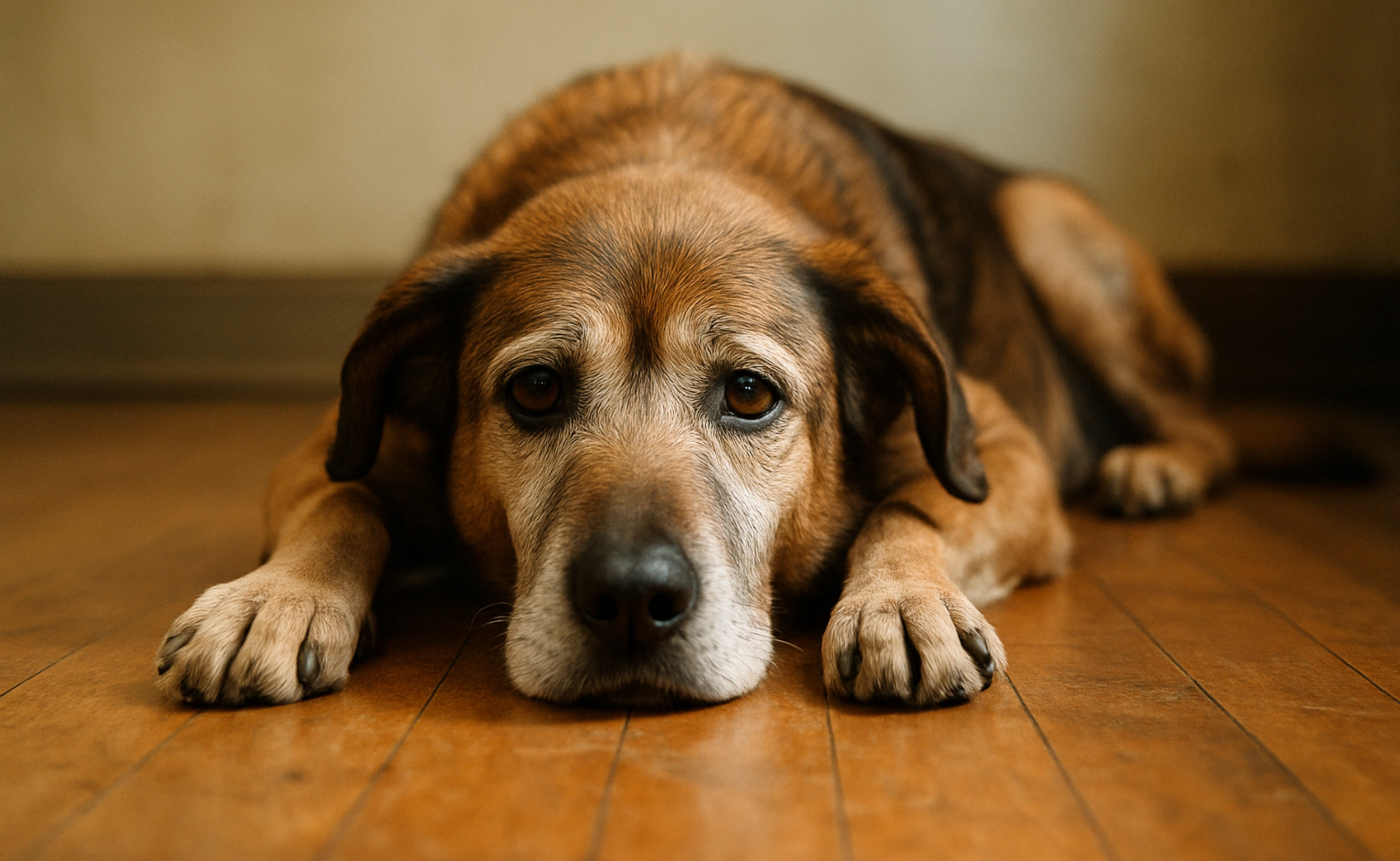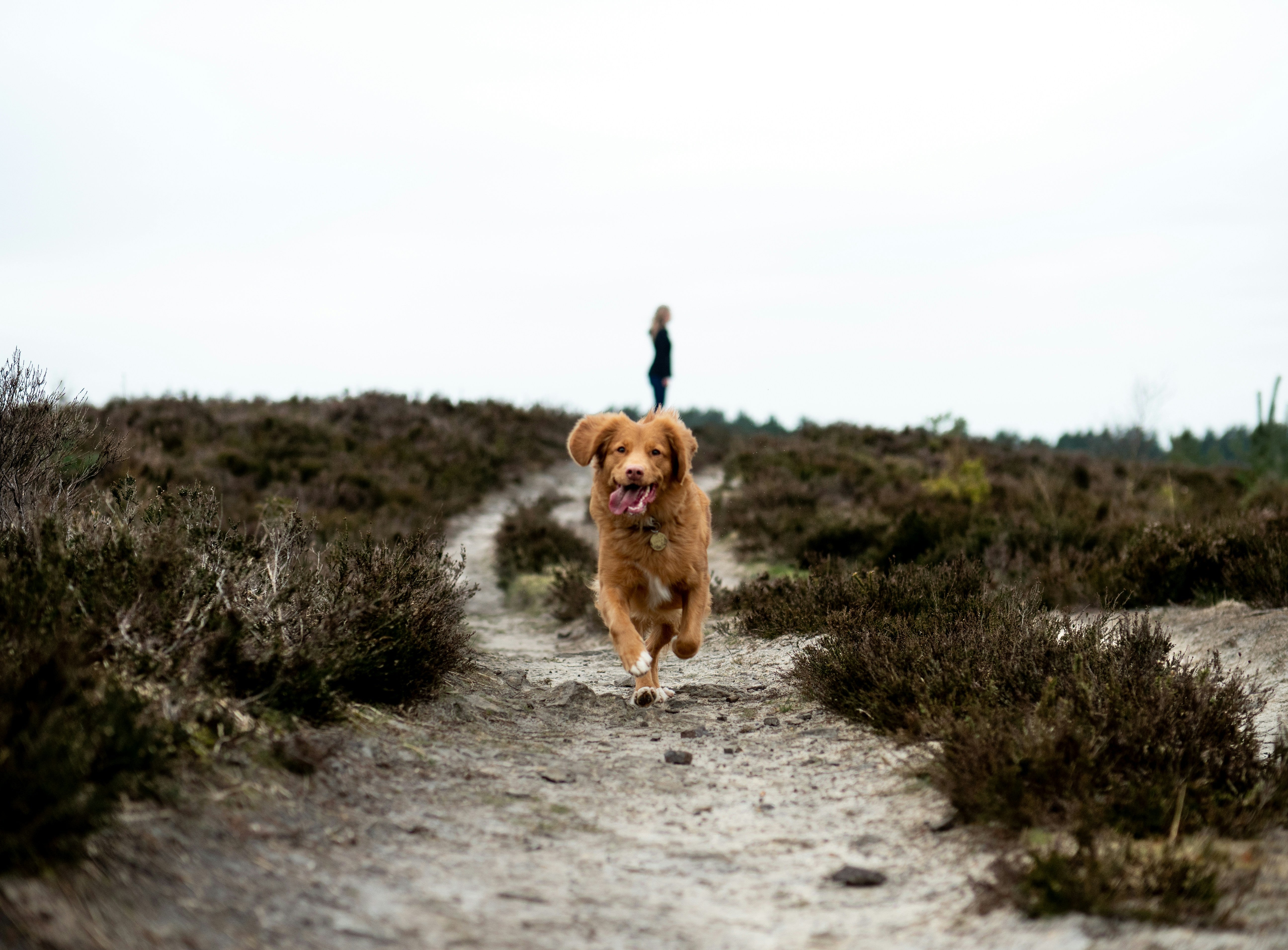
Top Signs A Dog Is Uncomfortable With A Child

When it comes to the interaction between dogs and children, it is important to recognize the signs that indicate a dog may be feeling uncomfortable. Understanding these signs can help prevent potential conflicts and ensure a safe environment for both the dog and the child. In this article, we will explore the top signs that a dog is uncomfortable with a child and provide tips on how to create positive relationships between dogs and kids.
Key Takeaways
- Recognize avoidance behavior as a sign of discomfort in dogs around children.
- Pay attention to body language cues such as stiff posture or a tucked tail.
- Be mindful of vocalizations like growling or whining, which can indicate stress in dogs around children.
- Learn to interpret canine stress signals like yawning and lip licking as signs of anxiety.
- Create a safe environment by supervising interactions, teaching children proper behavior, and providing dogs with their own safe spaces.
Signs of Discomfort in Dogs Around Children
Avoidance Behavior
When your dog constantly chooses to keep a distance from a child, it's a clear sign of discomfort. Observe if your dog often moves away or tries to escape when a child approaches. This behavior indicates that your dog is trying to avoid a potentially stressful situation.
- Look for signs such as leaving the room when a child enters.
- Notice if your dog hides under furniture or stays in another part of the house.
It's crucial to recognize these avoidance tactics as they are your dog's way of communicating unease. By acknowledging and respecting your dog's need for space, you can prevent negative interactions and ensure the well-being of both your pet and the child.
Body Language Cues
Dogs communicate much of their discomfort through subtle body language cues that can be easy to miss if you're not paying close attention. Watch for signs such as a stiffened body posture, which can indicate that a dog is feeling tense around a child. Other cues to look out for include:
- Averted gaze or turning their head away
- Flattened ears against the head
- Furrowed brows or a wrinkled forehead
These signals are a dog's way of expressing unease and a desire for space. It's crucial to recognize and respect these cues to prevent any negative interactions between your dog and the children they encounter.
Vocalizations
Dogs often communicate their discomfort through vocalizations, which can range from low growling to high-pitched yelps. Pay close attention to any changes in your dog's typical vocal patterns when they're around children, as this can be a clear indicator of stress or anxiety. Here are some vocal cues to be aware of:
- Growling or snarling, even if it's subtle, should never be ignored.
- Whining or whimpering can signal that a dog is feeling anxious or overwhelmed.
- Sudden barking when a child approaches may indicate that the dog is trying to set boundaries.
Understanding these vocalizations is crucial for preventing negative interactions between dogs and children. It's important to respect these signals and take steps to alleviate your dog's stress. Remember, a dog's vocalizations are a form of communication, not a behavior to be punished. By recognizing and responding to these cues, you can help ensure a harmonious relationship between your furry friend and the younger members of your family.
You may also like: 4 Ways To Calm Your Anxious Dog
Understanding Canine Stress Signals
Yawning and Lip Licking
When your dog frequently yawns or licks their lips in the presence of a child, it's not a sign of sleepiness or hunger. Instead, these are subtle indicators that your dog is experiencing stress or anxiety. Pay close attention to these signals as they are often missed or misunderstood.
- Yawning can be a sign of nervousness, especially if it occurs repeatedly in a non-sleepy context.
- Lip licking is another stress signal, which might be accompanied by a quick flick of the tongue.
Understanding these behaviors is crucial for maintaining a comfortable environment for both your dog and the child. If you notice these signs, consider creating more space between them and observe how your dog's behavior changes. Remember, a relaxed dog will have a relaxed body posture and will not display these stress signals.
You may also like: Why Dogs Yawn, and When to Pay Attention
Tail Tucking
When you notice your dog tucking its tail between its legs, it's a clear sign of discomfort or fear. This behavior can be a response to a variety of stressors and is a dog's way of trying to appear smaller or less threatening.
- Pay attention to the situational context, as the meaning can vary.
- Consider the breed and individual temperament of your dog.
- Assess your dog's overall condition to rule out any medical issues that might be causing this behavior.
Understanding why your dog is displaying this behavior is crucial in addressing their anxiety and ensuring they feel safe. If tail tucking occurs frequently around children, it may be time to reassess the interactions and environment to prevent any negative experiences.
Whale Eye
When a dog shows the whites of their eyes, often referred to as 'whale eye', it's a clear indicator of discomfort or stress. This can happen when a child is too close or if the dog feels trapped.
- Look for the dog's eyes widening and the white part, or sclera, becoming more visible.
- Notice if the dog seems to be trying to look away from the child while still keeping an eye on them.
Understanding this signal is crucial in preventing negative interactions. If you observe 'whale eye', it's important to calmly remove the child from the dog's space and give the dog a chance to relax.
Creating a Safe Environment for Dogs and Children
Supervision and Boundaries
Ensuring the safety of both children and dogs in a shared environment begins with consistent supervision. Never leave a young child and a dog together unattended, even if they seem to be getting along well. It's crucial to recognize that dogs can become overwhelmed by the unpredictable behavior of children.
Establish clear boundaries for both the child and the dog. Here are some steps to consider:
- Designate a 'safe zone' for the dog that is off-limits to children. This could be a comfortable area with their own pet-friendly home decor, such as a bed sized appropriately for the breed.
- Teach children to respect the dog's space, especially during feeding times or when the dog is resting.
- Use baby gates or closed doors to create physical barriers, ensuring the dog can retreat to a quiet space when needed.
By setting these boundaries, you help prevent stressful situations that could lead to discomfort or even aggression.
Teaching Children Proper Interaction
It's crucial to educate children on how to interact with dogs to foster a relationship built on respect and kindness. Start by demonstrating gentle petting rather than rough play, and explain the importance of not disturbing a dog while it's eating or sleeping.
- Always ask for permission before approaching a dog, even if it's a familiar pet.
- Show them how to recognize a dog's body language, such as a wagging tail or a relaxed posture, which can indicate that the dog is open to interaction.
- Remind them that not all dogs are the same; what one dog may enjoy, another may find stressful. For instance, while some dogs may appreciate a cozy dog bed, others might need their own space away from the hustle and bustle.
By setting these guidelines, you're not only protecting the child but also ensuring the dog's comfort and well-being.
Providing Safe Spaces
Ensuring your dog has a safe space is crucial for their comfort, especially when they feel overwhelmed by the presence of children. Designate an area in your home where your dog can retreat to when they need solitude. This could be a quiet room, a cozy corner with their bed, or a special spot that's off-limits to everyone else.
- Use dog gates or playpens to close off the area, ensuring your dog can relax without interruption.
- If confinement is necessary, set up your dog's crate in the space, making it a positive and secure environment.
Remember, the goal is to provide a sanctuary where your dog can decompress and feel secure, away from the hustle and bustle of household activities. Regularly encourage your dog to use this space so they understand it's their personal haven.
Building Positive Relationships Between Dogs and Kids
Training and Socialization
Proper training and socialization are crucial for fostering a harmonious relationship between dogs and children. Start early by introducing your dog to a variety of experiences, including positive interactions with kids of all ages. This helps your dog become comfortable and well-adjusted around the unpredictable behaviors of children.
Follow these steps to ensure effective training and socialization:
- Enroll your dog in a puppy class or a basic obedience course.
- Expose your dog to different environments and people, especially children, in a controlled manner.
- Reward your dog for calm and polite behavior around kids.
- Gradually increase the duration and complexity of interactions as your dog shows signs of comfort and confidence.
Remember, socialization is an ongoing process. It's not just about the first few months; it's about maintaining and building on those early experiences throughout your dog's life. Always monitor interactions and step in if you notice signs of stress or discomfort. And don't forget to provide your dog with a personal space, like a pet bed, where they can retreat if they need a break from the activity.
Encouraging Respectful Interactions
To foster a harmonious relationship between your dog and child, it's crucial to encourage respectful interactions. Start by teaching your child to recognize your dog's personal space and to approach them calmly. Here are a few guidelines to consider:
- Always supervise interactions to ensure they are gentle and respectful.
- Educate your child on the importance of not disturbing the dog while they are eating, sleeping, or in their safe space.
- Demonstrate how to pet the dog softly, avoiding sensitive areas such as the face and tail.
Remember, dogs communicate differently than humans. By helping your child understand and respect these differences, you're setting the stage for a positive and lasting friendship. For instance, a comfortable pet bed can be a designated safe space for your dog.
Paw.com offer pet beds that cater to various dog breeds, ensuring your furry friend has a cozy retreat that's just theirs. This not only provides comfort for your dog but also teaches your child about respecting the dog's personal area.
Promoting Mutual Trust
Fostering a bond of mutual trust between dogs and children is pivotal for a harmonious household. Trust is a two-way street, and it's essential to nurture it from both ends. Start by teaching your child to recognize and respect the dog's space, ensuring they understand that like humans, dogs too need their own time and privacy.
- Encourage your child to engage in calm and gentle play with the dog, using toys that are safe and appropriate for both the child and the pet.
- Involve your child in the dog's care routine, such as feeding or grooming, under supervision. This not only teaches responsibility but also helps the dog associate the child with positive experiences.
- Celebrate small milestones in their relationship, like a successful play session or a calm moment of coexistence, to reinforce positive behavior.
Remember, building trust takes time and patience. It's a gradual process that requires consistent and positive interactions. By promoting an environment of mutual respect and understanding, you're laying the groundwork for a lifelong friendship between your child and your dog.
Is Your Dog Uncomfortable With Your Child?
In conclusion, it is important for dog owners to be aware of the signs that indicate a dog is uncomfortable with a child. By recognizing these signs early on, owners can take proactive steps to ensure the safety and well-being of both the dog and the child. Remember, a happy and comfortable dog is more likely to have positive interactions with children, leading to a harmonious relationship between the two.
Share this article
written by



